Your One-Stop Shop for Everyday Essentials & Unique Finds
Essential Pet Care Tips for Cold Weather: Keeping Your Furry Friends Safe and Warm
As winter sets in, it's essential to ensure our pets stay warm and safe. Cold weather can pose various challenges for our furry friends, from icy paws to the risk of hypothermia. This article provides crucial tips to help you keep your pets cozy, healthy, and happy throughout the chilly months.
Key Takeaways
- Create warm and safe spaces inside your home for your pets.
- Choose the right winter clothing for your pets to protect them from the cold.
- Monitor your pet's diet and hydration, especially in winter.
- Keep your pet's paws safe from ice and chemicals after walks.
- Be aware of cold-related health issues and seek veterinary help if needed.
Preparing Your Home for Cold Weather
As the chilly months roll in, it’s time to make sure your home is ready for your furry friends. Creating a warm and safe environment is essential for their comfort and well-being.
Dog-Proofing Your Home
- Keep cords and small objects out of reach to prevent accidents.
- Store cleaning supplies and medications in secure cabinets.
- Block off access to areas that could be dangerous, like heating vents and fireplaces.
Safe Storage for Cleaning Supplies and Medications
- Always store toxic plants and chemicals high up or in locked cabinets.
- Use pet-safe cleaning products to avoid any harmful exposure.
- Regularly check your home for any new hazards that might have appeared.
Creating Cozy Spaces for Your Pet
- Set up a warm, dry area for your pet to rest, away from drafts.
- Use soft bedding and blankets to make their space inviting.
- Consider adding a pet-friendly heater, but ensure it’s out of reach to avoid burns.
Keeping your pet comfortable during cold weather is not just about warmth; it’s about creating a safe haven for them to thrive.
By taking these steps, you can ensure that your home is a cozy retreat for your furry companions during the cold months. Remember, a little preparation goes a long way in keeping your pets happy and healthy!
Choosing the Right Winter Gear for Your Pet

When the cold weather hits, it’s time to think about how to keep your furry friends warm and cozy. Choosing the right winter gear can make all the difference! Here are some tips to help you select the best options for your pet.
Selecting the Perfect Winter Coat
- Look for coats that are insulated and waterproof to keep your pet dry and warm.
- Consider the length of the coat; it should cover your pet’s back and belly.
- Choose bright colors or reflective materials for visibility during walks.
Importance of Waterproof Gear
- Waterproof gear is essential to protect your pet from rain and snow.
- It helps prevent your pet from getting chilled and uncomfortable.
- Look for materials that are breathable to avoid overheating.
Ensuring a Proper Fit for Comfort
- Measure your pet’s chest, neck, and length to find the right size.
- Ensure the gear allows for easy movement and doesn’t restrict your pet.
- Check for adjustable straps to get a snug fit without being too tight.
Keeping your pet warm and comfortable during winter is not just about style; it’s about their health and happiness. Make sure to invest in quality gear that suits their needs!
Maintaining a Healthy Diet During Winter
Proper Portion Sizes and Feeding Schedules
To keep your pet healthy during the winter, it’s important to manage their food portions and feeding times. Overfeeding can lead to weight gain, especially when outdoor playtime is reduced. Here are some tips:
- Consult your vet to find the right amount of food for your pet’s size and activity level.
- Stick to a regular feeding schedule to help with digestion and energy levels.
- Adjust portions if your pet is less active in the colder months.
Incorporating Nutrient-Rich Foods
Winter is a great time to boost your pet’s diet with nutrient-rich foods. Healthy ingredients can help keep their coat shiny and their immune system strong. Consider:
- Adding more protein to their meals to support energy levels.
- Including omega fatty acids for a healthy coat.
- Offering warm meals to provide comfort and warmth during chilly days.
Ensuring Hydration in Cold Weather
Even in winter, hydration is key! Pets can get dehydrated just like in summer. Here’s how to keep them hydrated:
- Always provide fresh, unfrozen water.
- Monitor their water intake, especially if they are more active indoors.
- Consider adding wet food to their diet for extra moisture.
Keeping your pet’s diet balanced during winter is essential for their health and happiness. A little extra care goes a long way!
Grooming Tips for Cold Weather
Keeping your furry friend well-groomed during the chilly months is essential for their comfort and health. Here are some handy tips to ensure your pet stays cozy and happy!
Managing Shedding and Dry Skin
- Brush regularly to remove loose fur and prevent mats.
- Use hypoallergenic products to soothe sensitive skin.
- Pay special attention to areas like ears and teeth, which often get overlooked.
Protecting Paws from Ice and Salt
- Apply paw balms or petroleum jelly to protect against harsh chemicals.
- Consider using booties for extra coverage.
- Always wipe your pet's paws after walks to remove any irritants.
Keeping Your Pet's Coat Tangle-Free
- Avoid shaving your dog down to the skin; a longer coat provides warmth.
- Trim long-haired pets to minimize ice and salt buildup.
- Use a detangling spray to keep their coat smooth and manageable.
Remember, a consistent grooming routine not only keeps your pet looking great but also promotes their overall well-being!
Outdoor Safety Tips for Winter
When winter rolls in, keeping your furry friends safe outdoors is super important! Here are some tips to ensure your pets stay warm and cozy while enjoying the chilly weather.
Shortening Walks in Extreme Cold
Limit the time your pet spends outside. Even the toughest breeds can get frostbite or hypothermia. Try to keep walks short and sweet, especially when temperatures drop.
Using Reflective Gear for Visibility
As the days get shorter, it’s crucial to keep your pet visible. Use reflective gear when walking your dog in the dark. This helps you both stay safe and seen by others.
Avoiding Dangerous Winter Chemicals
Watch out for harmful substances like antifreeze and de-icing salts. These can be toxic to pets. Always clean up spills immediately and store these products safely out of reach.
Keeping your pet safe during winter is all about being prepared. Your furry friend relies on you to keep them warm and protected!
Quick Tips for Outdoor Safety:
- Limit outdoor time during extreme cold.
- Use reflective gear for visibility.
- Check paws for ice or salt after walks.
- Avoid walking near busy roads or areas with chemicals.
By following these simple tips, you can ensure your pet enjoys the winter season safely!
Indoor Activities to Keep Your Pet Active
Winter can be a tough time for our furry friends, but there are plenty of fun ways to keep them active indoors! Staying engaged is key to your pet's happiness and health during the colder months.
Fun Indoor Games
- Hide and Seek: This classic game is not just for kids! Hide somewhere in your home and call your pet. They’ll love the challenge of finding you!
- Tug-of-War: Use a sturdy rope toy for a fun game of tug. It’s a great way to burn off some energy!
- Fetch: If you have enough space, toss a soft ball or toy down a hallway for a game of fetch.
Setting Up an Indoor Play Area
Creating a designated play area can help keep your pet entertained. Here are some ideas:
- Use Soft Mats: Lay down some soft mats to create a safe space for play.
- Include Toys: Have a variety of toys available, from chew toys to interactive puzzles.
- Obstacle Course: Set up a mini obstacle course using furniture and cushions for your pet to navigate.
Mental Stimulation with Puzzle Toys
Puzzle toys are fantastic for keeping your pet’s mind sharp. They can help reduce boredom and anxiety. Here are some popular options:
- Treat-Dispensing Toys: These toys release treats as your pet plays with them, keeping them engaged for longer.
- Interactive Games: Look for games that require your pet to solve puzzles to get a reward.
- DIY Puzzles: You can even create your own puzzles using cardboard boxes and treats!
Keeping your pet active indoors is essential for their well-being. With a little creativity, you can turn your home into a fun playground for your furry friend!
Recognizing Signs of Cold-Related Health Issues
As winter sets in, it’s crucial to keep an eye on your furry friends. Pets can suffer from cold-related health issues just like humans. Here are some signs to watch for:
Symptoms of Hypothermia
Hypothermia occurs when your pet's body temperature drops too low. Look for these signs:
- Decreased activity – If your dog starts showing a definite sign of slowing down, it may be a sign they are cold.
- Shivering or trembling
- Weakness or lethargy
- Difficulty breathing
Identifying Frostbite
Frostbite happens when skin and tissues freeze. Pets with wet fur are more at risk. Watch for:
- Blue or gray discoloration on the skin
- Swelling or blisters
- Coldness in the affected area
When to Seek Veterinary Care
If you notice any of these symptoms, it’s important to act quickly. Here’s what to do:
- Move your pet to a warm, dry place.
- Wrap them in a warm blanket.
- Call your veterinarian immediately for advice.
Remember, early detection can save your pet's life! Keep them warm and cozy this winter.
Travel Safety During Winter
Traveling with your furry friend during the winter can be a fun adventure, but it’s important to keep their safety in mind. Here are some tips to ensure a smooth journey:
Using Car Restraints and Carriers
- Secure your pet: Always use a car harness or a pet carrier to keep your dog safe while driving. This prevents distractions and keeps them secure in case of sudden stops.
- Choose the right size: Make sure the carrier is spacious enough for your pet to stand, turn around, and lie down comfortably.
- Avoid the front seat: Keep your pet in the back seat to protect them from airbag injuries.
Planning for Rest Stops
- Frequent breaks: Plan to stop every couple of hours to let your pet stretch their legs and relieve themselves.
- Hydration is key: Bring a travel water bowl and offer your pet fresh water during breaks to keep them hydrated.
- Familiar items: Bring along their favorite blanket or toy to help them feel comfortable during the trip.
Keeping Your Pet Warm in the Car
- Temperature control: Make sure your car is warm enough for your pet, especially during cold weather.
- Never leave them alone: Avoid leaving your pet in a parked car, as temperatures can drop quickly and become dangerous.
- Check for comfort: Regularly check on your pet to ensure they are comfortable and not too hot or cold.
Remember, keeping your pet safe while traveling is a priority. With a little planning, you can ensure a fun and safe trip for both of you!
Emergency Preparedness for Winter
When winter hits, it’s essential to be ready for anything that might come your way. Having a plan can make all the difference! Here are some tips to keep your furry friends safe and sound:
Creating a Pet First Aid Kit
- Bandages and Gauze: Always have a supply on hand for minor injuries.
- Tweezers: Great for removing splinters or ticks.
- Hydrogen Peroxide: Useful for inducing vomiting, but only if your vet advises it.
- Contact Information: Keep your vet’s number handy for emergencies.
Stocking Up on Essential Supplies
Make sure you have enough of the following:
- Food: A four-day supply of your pet’s regular food.
- Water: Fresh, unfrozen water is a must.
- Medications: Any necessary prescriptions should be stocked up.
Planning for Power Outages
- Flashlights: Keep a few around in case the lights go out.
- Batteries: Stock up on batteries for your flashlights and other devices.
- Warm Blankets: Have extra blankets to keep your pets cozy during cold nights.
Remember, being prepared means you can enjoy the winter season without worry! Keeping your pets safe is a priority, and a little planning goes a long way.
In case of emergencies, always check for signs of distress in your pets. If you notice anything unusual, don’t hesitate to contact your vet. Stay safe and warm!
Special Considerations for Senior Pets
As winter approaches, it’s essential to think about our older furry friends. Senior pets need extra care to stay comfortable and safe during the cold months. Here are some tips to help you keep them cozy and happy:
Providing Extra Warmth
- Cozy Bedding: Make sure your pet has a warm, soft bed away from drafts. An orthopedic bed can help with joint pain.
- Warm Clothing: Consider getting a sweater or coat for your senior pet, especially if they have short fur.
- Heated Spaces: Use pet-safe heating pads or blankets to keep their resting area warm.
Adjusting Exercise Routines
- Gentle Walks: Shorter, more frequent walks are better than long ones. This helps prevent overexertion.
- Indoor Play: Engage them in gentle indoor games to keep them active without exposing them to the cold.
- Monitor Activity: Keep an eye on their energy levels and adjust activities accordingly.
Monitoring Health Closely
- Regular Vet Visits: Schedule check-ups to catch any health issues early. Winter can worsen existing conditions.
- Diet Adjustments: Consult your vet about any dietary changes needed for their age and activity level.
- Watch for Signs: Be alert for signs of discomfort, like shivering or reluctance to go outside.
Remember, your senior pet relies on you for their comfort and safety during winter. Taking these extra steps can make a big difference in their well-being!
Protecting Your Pet's Paws and Skin
Using Pet-Safe Ice Melts
In winter, it's essential to keep your pet's paws safe from harmful substances. Opt for pet-safe ice melts to prevent irritation and potential poisoning. Regularly check your pet's paws after walks to ensure they are free from any harmful chemicals.
Applying Paw Balms
To keep your furry friend's paws moisturized, consider using paw balms. These balms can help prevent cracking and dryness caused by cold weather. Apply them before walks to create a protective barrier against the elements.
Regularly Checking for Irritation
After outdoor adventures, take a moment to inspect your pet's paws for any signs of irritation or injury. Look for redness, cracks, or foreign objects stuck between their toes. If you notice anything unusual, consult your vet for advice.
Keeping your pet's paws and skin healthy during winter is crucial for their comfort and well-being. Regular care can prevent serious issues down the line.
Quick Tips for Winter Paw Care
- Use booties for extra protection during walks.
- Moisturize their paws regularly with vet-approved products.
- Limit outdoor time during extreme cold to prevent frostbite.
By following these simple steps, you can ensure your pet stays happy and healthy all winter long!
Ensuring Safe Socialization in Winter
Organizing Playdates Indoors
When the weather gets chilly, it’s a great idea to keep your pets socialized indoors. Indoor playdates can be a fun way to keep your furry friends active and happy! Here are some tips:
- Choose a safe, spacious area for play.
- Supervise the pets to prevent any roughhousing.
- Have toys ready to keep them entertained.
Using Dog-Friendly Indoor Facilities
If you can’t host playdates at home, consider using dog-friendly indoor facilities. These places often have:
- Safe, enclosed areas for dogs to run and play.
- Supervised play sessions to ensure safety.
- Equipment for exercise and fun activities.
Maintaining Socialization Routines
Even in winter, it’s important to keep up with your pet’s socialization. Here’s how:
- Schedule regular outings to dog parks when the weather allows.
- Join local pet groups for indoor meet-ups.
- Keep up with training classes to help your pet learn and socialize.
Keeping your pet socialized is key to their happiness and well-being. Regular interaction with other pets and people helps them stay friendly and confident!
Wrapping Up: Keeping Your Pets Safe This Winter
As the cold weather sets in, it's super important to keep our furry friends safe and cozy. By following these simple tips, like providing warm bedding, dressing them in cute jackets, and being mindful of their paws, you can help your pets enjoy the winter months without worry. Remember, a little extra care goes a long way in keeping them happy and healthy. So, bundle up your pets, enjoy the snowy days, and make some wonderful memories together!
Frequently Asked Questions
How can I keep my pet warm during winter?
Make sure your pet has a cozy bed away from drafts and consider a sweater or coat for outside walks.
What should I do if my pet's paws get cold?
Wipe their paws after walks to remove ice and salt, and consider using pet-safe booties for extra protection.
How can I tell if my pet is too cold?
Watch for signs like shivering, whining, or lifting their paws. If they seem uncomfortable, it's time to come inside.
Is it safe to leave my pet outside in winter?
No, pets should not be left outside for long periods in extreme cold. Bring them inside to keep them safe.
What should I feed my pet during winter?
Make sure they have a balanced diet and access to fresh water. Consult your vet for any dietary adjustments.
How can I protect my pet from winter chemicals?
Use pet-safe ice melts and wipe your pet's paws after they come inside to remove any harmful substances.
What signs should I look for regarding frostbite?
Look for blue or gray skin, swelling, or blisters. If you notice these signs, take your pet to the vet immediately.
How can I prepare for winter emergencies with my pet?
Create a pet first aid kit with essentials like food, water, and medications, and keep it accessible.

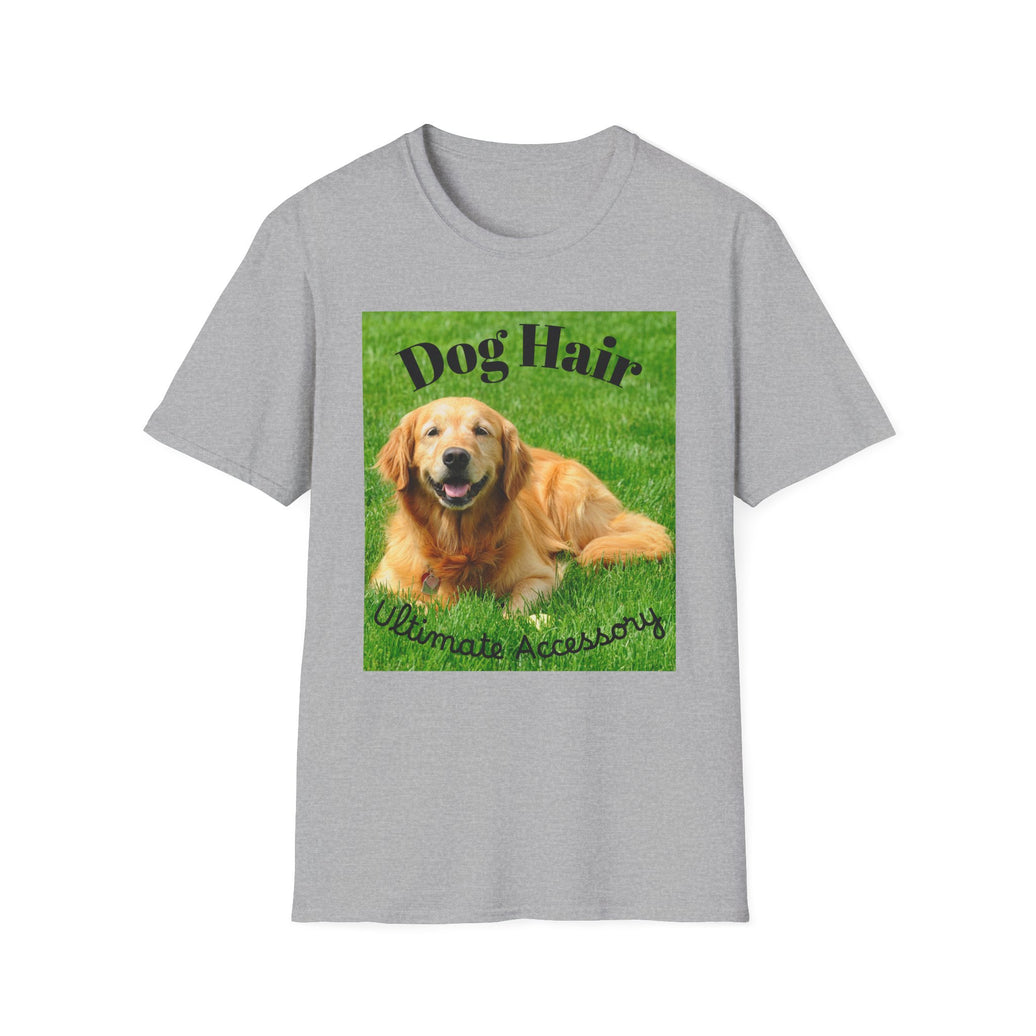
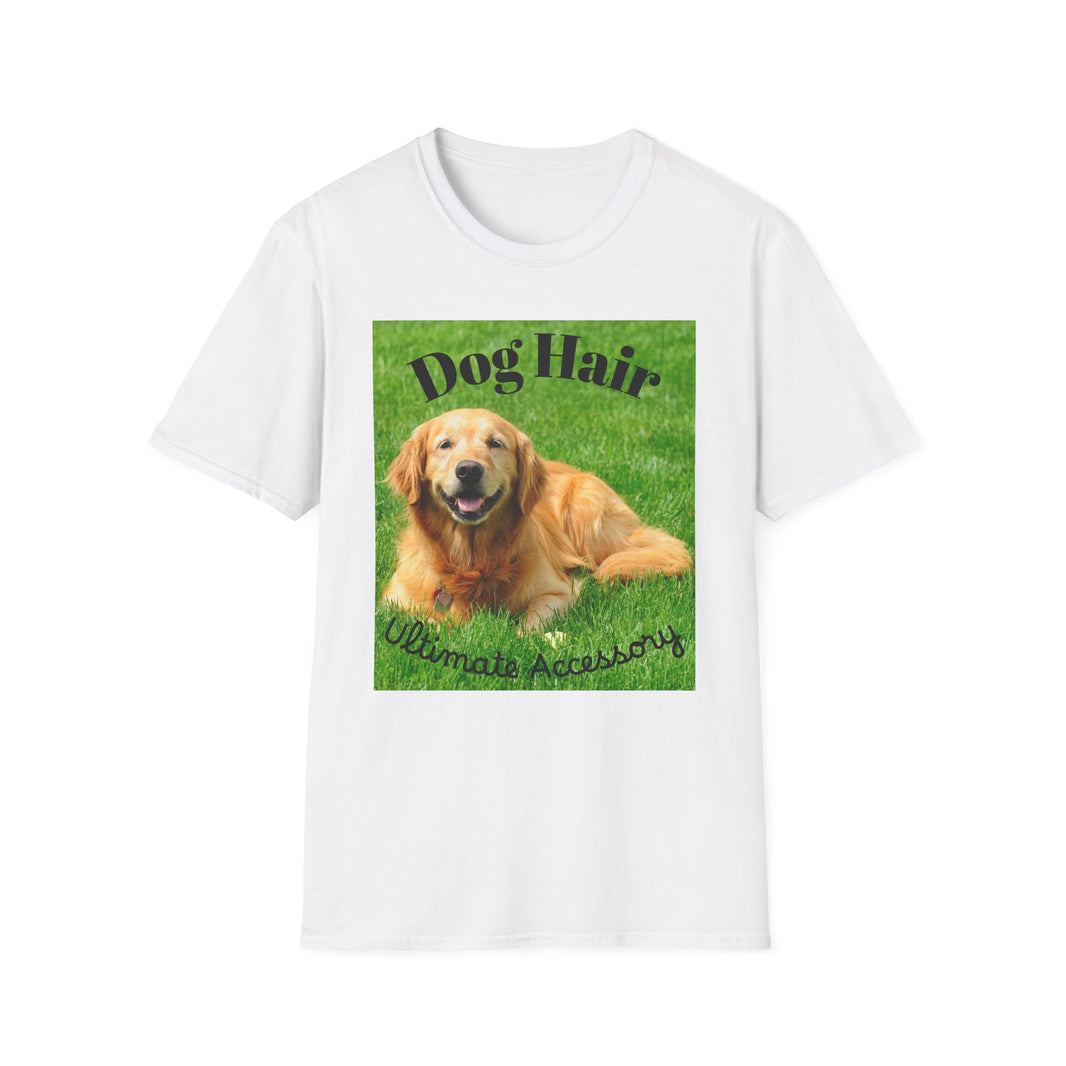

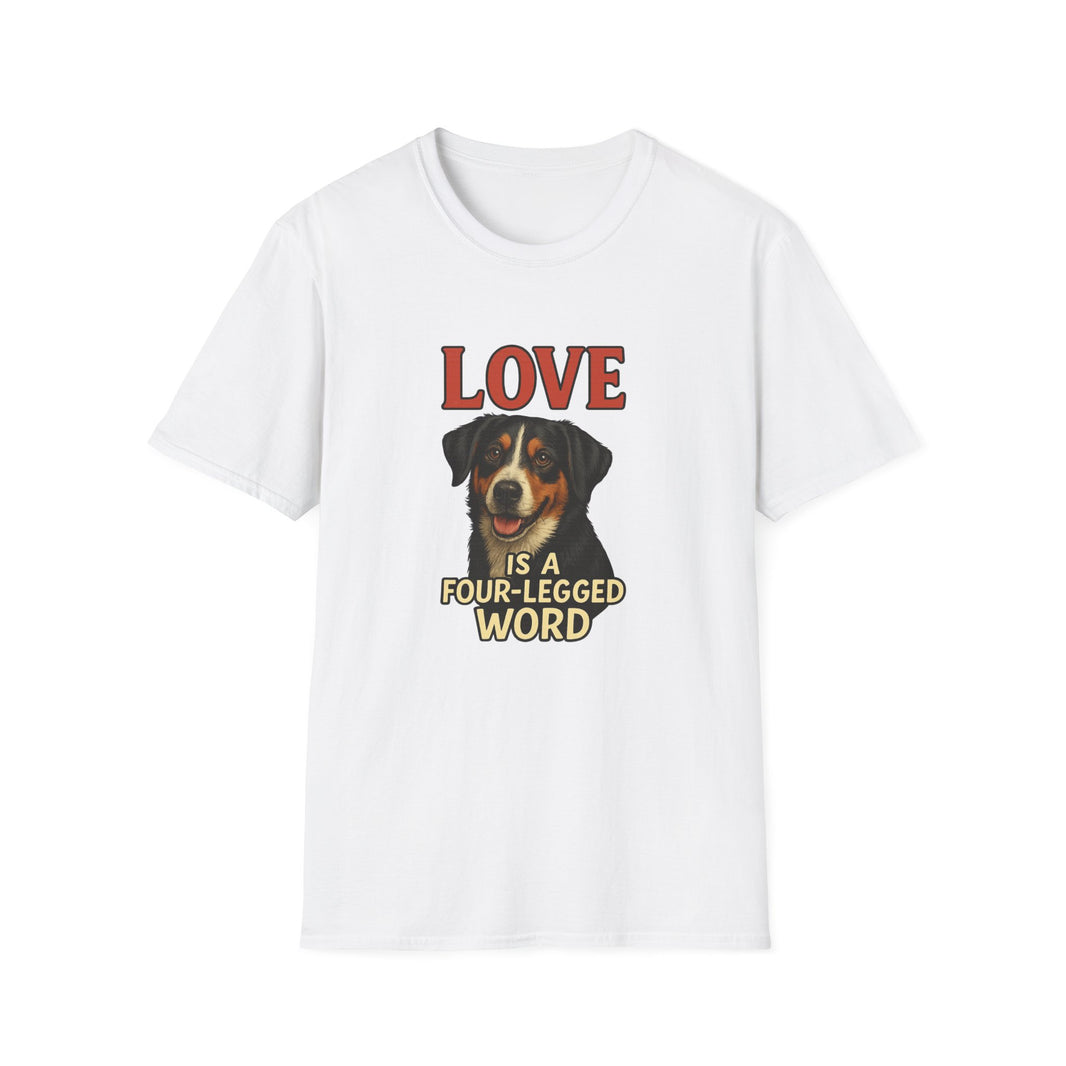
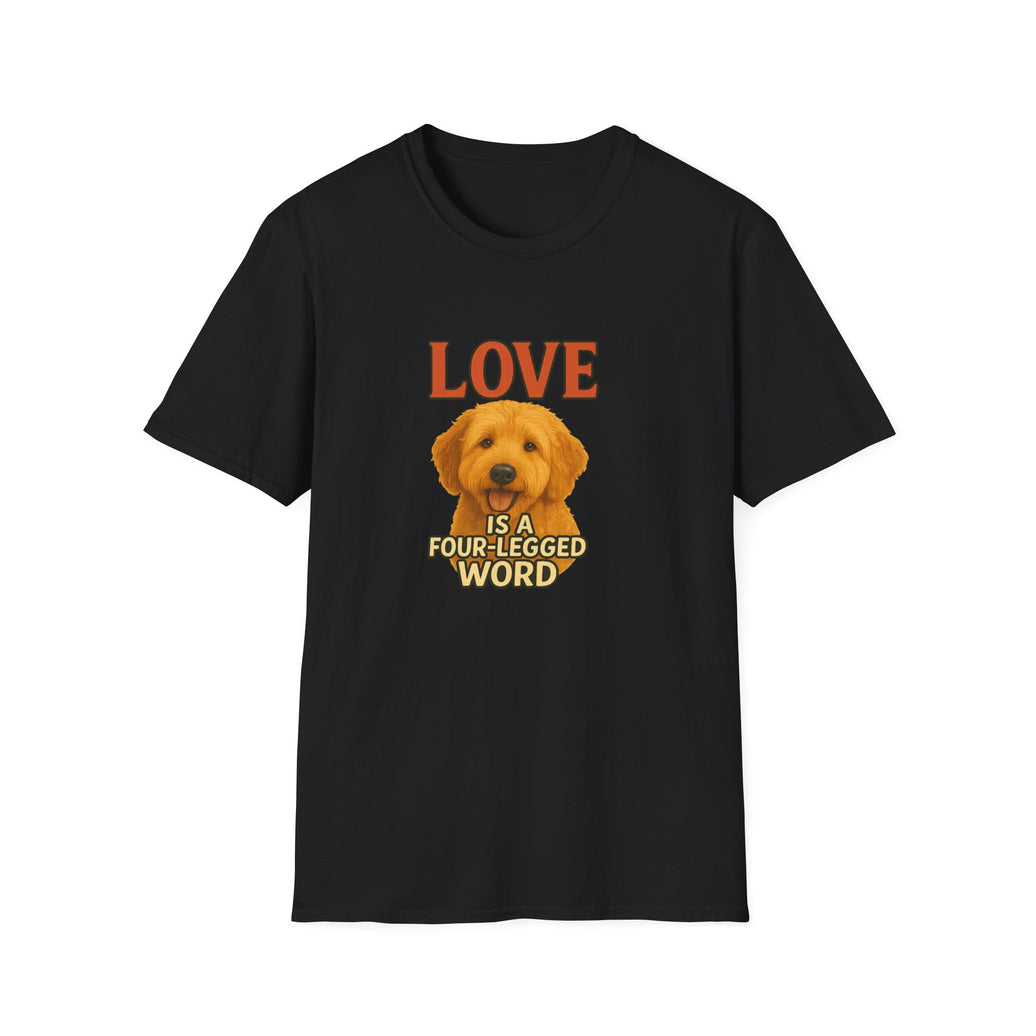
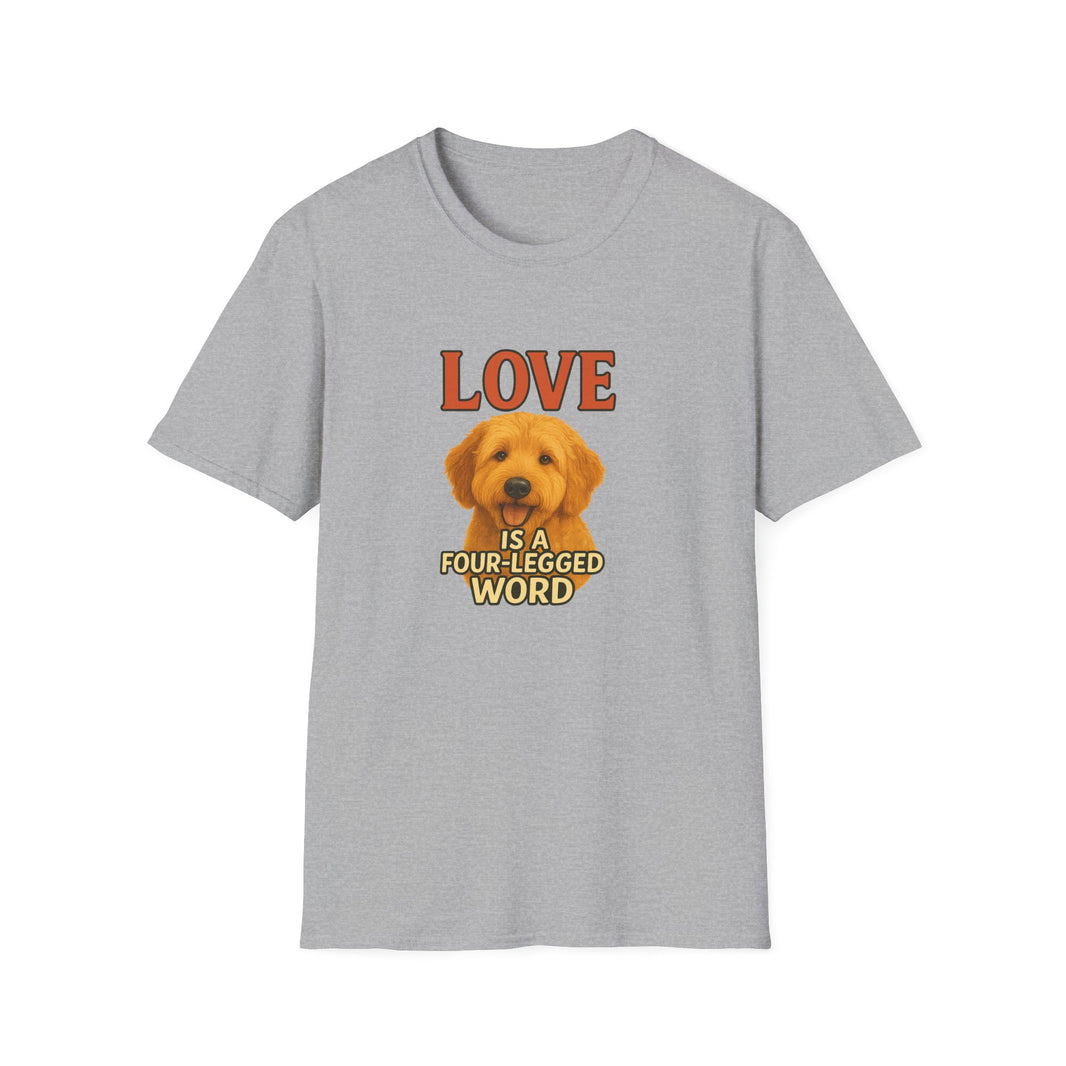





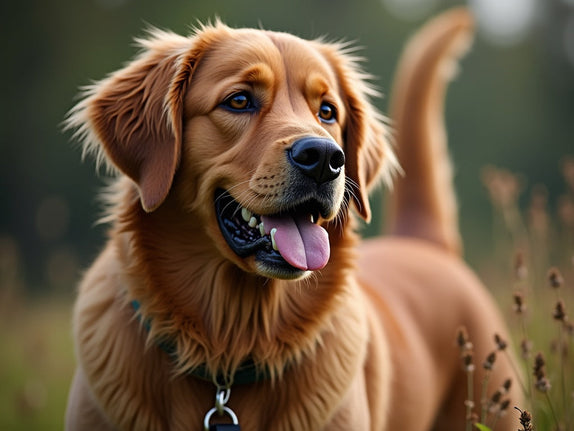
Leave a comment